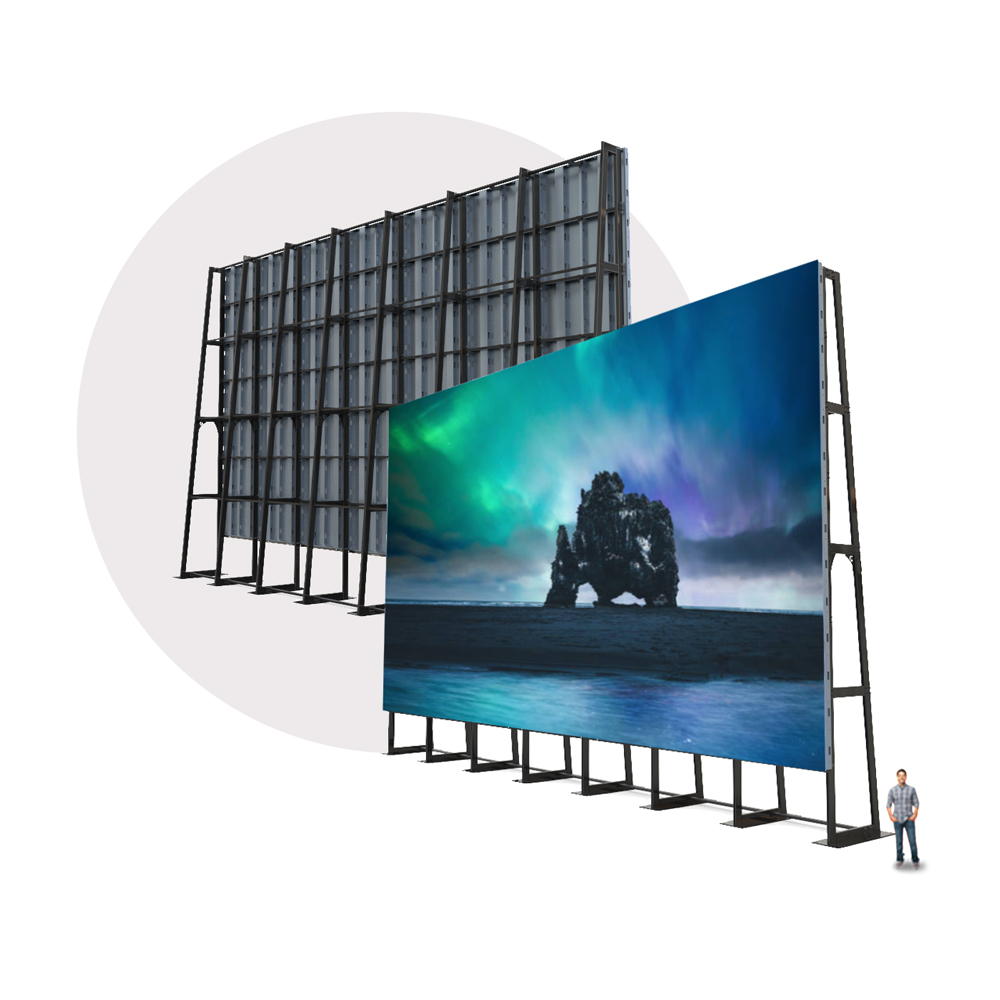Investigating the Crucial Factors That Affect Hue Consistency in Light Emitting Diode Panel Panels for Ideal Display Performance
Investigating the Crucial Factors That Affect Hue Consistency in Light Emitting Diode Panel Panels for Ideal Display Performance
Blog Article
Hue consistency in LED wall panels is essential for attaining optimal visual performance. light-emitting diode wall panels are widely used in multiple environments, including musical events, conferences, and advertising displays. When the hues on these screens are consistent, they create a more captivating and immersive experience for viewers. Several critical elements affect color consistency, including the quality of the LED elements, calibration processes, and surrounding factors.
The caliber of the LED components plays a major role in color consistency. Different types of light-emitting diodes produce light at different wavelengths, which can affect the overall hue result. Premium LEDs are engineered to generate a more uniform light spectrum, resulting in improved hue accuracy. Additionally, the manufacturing method of these light-emitting diodes can affect their performance. Panels made with superior materials and technology tend to have fewer color differences, guaranteeing that the shown images and videos look lively and faithful to reality.
Calibration is another essential element in preserving color consistency in light-emitting diode wall panels. Tuning involves modifying the settings of the panel to make certain that the hues shown align the intended appearance. This process can include adjusting luminosity, contrast, and color balance. Regular tuning is necessary, especially in settings where lighting factors vary frequently. By calibrating the panels, specialists can fix any discrepancies in color output, resulting to a more consistent viewing experience.
Surrounding conditions also influence hue consistency in LED wall panels. Elements such as surrounding light, temperature, and humidity can affect how colors are perceived. For instance, intense ambient light can wash out colors, making them appear less lively. Similarly, extreme temperatures can affect the functionality of the light-emitting diodes, leading to color shifts. To mitigate these issues, it is crucial to install LED wall panels in managed environments where lighting and temperature can be controlled efficiently.
Finally, the design and arrangement of the light-emitting diode wall panels More Info can affect color consistency. The arrangement of the screens, as well as the spacing from which they are observed, can create differences in color perception. When panels are arranged too far apart or at different positions, viewers may notice inconsistencies in color. To achieve the optimal optical output, it is crucial to consider the placement and alignment of the panels during setup. By addressing these factors, users can ensure that their light-emitting diode wall screens provide a uniform and superior visual encounter.